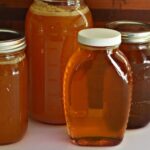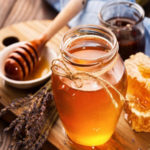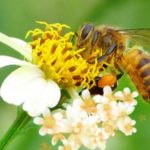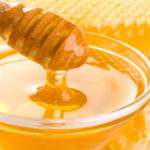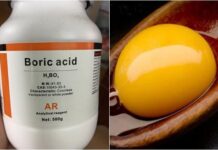Honey – Nature’s Liquid Gold
It’s no coincidence that honey is often referred to as nature’s “liquid gold.” Rich in vitamins, minerals, antioxidants, and natural antibacterial properties, honey has long been a staple in many households, especially for those who prefer natural beauty remedies.
However, due to its popularity and high value, honey is also one of the most commonly adulterated food products on the market. Honey that has been diluted with sugar, syrup, or artificial sweeteners not only diminishes its nutritional value but can also be harmful if consumed over a long period.
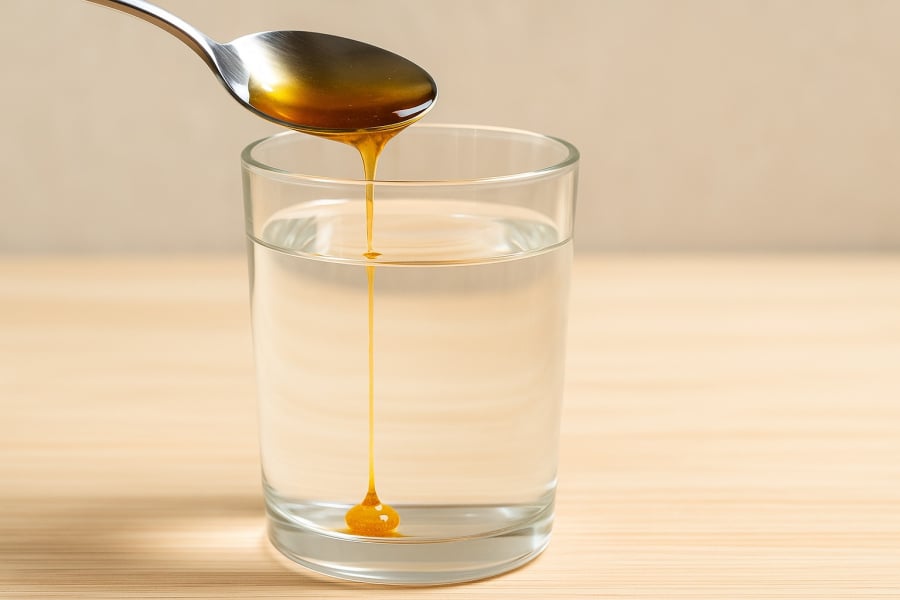
A Simple Test to Detect Adulterated Honey
There is a simple and effective folk method to test the purity of honey: using water. This method does not require any complicated equipment; all you need is a glass of water and a spoonful of honey.
Here are the steps to perform the test:
- Prepare a glass of water at room temperature.
- Use a spoon to drip a small amount of honey into the water.
- Observe the reaction.
Results:
- Pure honey: Honey will sink straight to the bottom of the glass, forming a continuous stream without immediately dissolving in the water.
- Adulterated honey: Honey may dissolve in the water, creating a cloudy streak or even floating if it contains a significant amount of syrup or water.
This phenomenon occurs because pure honey has a high viscosity and a higher specific gravity, causing it to sink easily. Conversely, diluted or adulterated honey has a less stable structure and is more likely to dissolve in water or not sink completely.
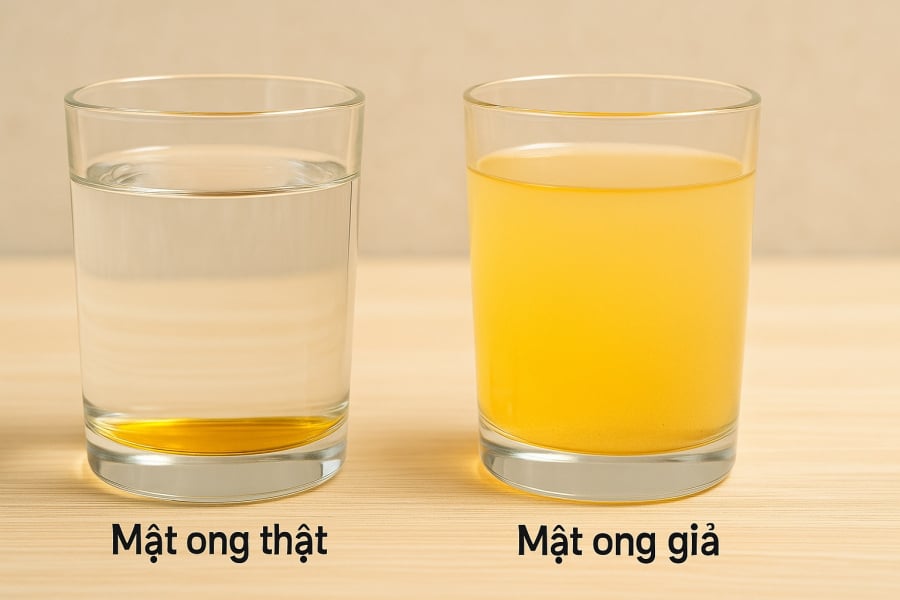
Other Folk Methods for Detection
In addition to the water test, there are a few other folk methods for checking honey’s purity, which, although not as reliable as scientific testing, can still be useful in daily life:
- Oil absorption test: Drop a few drops of honey on a piece of oil-absorbing paper or tissue. If the honey spreads quickly and absorbs into the paper like water, it may have been diluted with a liquid. Pure honey tends to retain its droplet shape and does not spread.
- Matchstick test: Dip the head of a matchstick into the honey and try to light it. If the matchstick lights normally, it is likely pure honey. Adulterated honey with a high water content will dampen the matchstick, making it difficult to light.
- Finger test: Place a small amount of honey on your fingertip and tilt it slightly. Pure honey will flow slowly and have a higher viscosity compared to adulterated honey.
What Do Experts Say?
Regarding the folk method of testing honey with water, many nutrition experts believe that it is a useful home test. While it cannot replace comprehensive laboratory testing, these simple tests provide consumers with an initial basis for differentiation. More importantly, it is recommended to purchase honey from reputable sources with clear quality assurance to ensure your health and safety.
Precautions When Using Honey
- Not suitable for infants under one year old: Their digestive system is still developing, and they lack the necessary enzymes to handle the natural bacteria present in honey.
- Do not mix honey with boiling water: High temperatures (above 60°C) can destroy the beneficial enzymes and nutrients in honey, reducing its effectiveness.
- Avoid consuming on an empty stomach: For individuals with a sensitive stomach, consuming honey on an empty stomach may cause digestive discomfort.
Conclusion
Despite technological advancements, folk wisdom continues to prove its worth in modern times. A simple glass of water can help you choose authentic honey and avoid counterfeit products. This is not only folk intelligence but also the prudence of a smart consumer. Apply these tips and share them with others to preserve these valuable traditions!
The Ultimate Guide to Honey: Exploring the Different Varieties and Their Unique Benefits.
Introducing the world of honey – a delightful and diverse treat found in nature’s pantry. With an array of options available, the question arises: which honey is the best and tastiest? Join us on a sweet journey as we explore the fascinating varieties of honey and uncover the unique qualities that make each one special. From the delicate flavors of wildflower honey to the rich, dark depths of buckwheat honey, there’s a perfect golden nectar waiting to be discovered and savored. Let’s embark on this tasty adventure and find the honey that truly hits the spot!
What is Lavender Honey? Benefits of Using Lavender Honey
Honey derived from the nectar of the crocus flower is a unique delicacy untouched by chemicals. Its vibrant yellow hue and exceptional clarity are a sight to behold. The delicate sweetness of this honey offers a mellow taste sensation that gently caresses the palate, leaving a soothing sensation in its wake.

























